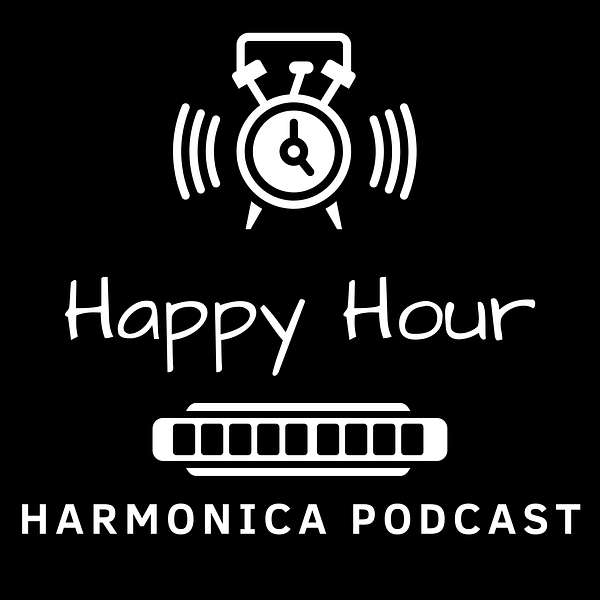
Happy Hour Harmonica Podcast
The podcast is sponsored by Seydel harmonicas. Check out their great range of products at www.seydel1847.com.
If you would like to make a voluntary contribution to help keep the podcast running then please use this link: https://paypal.me/harmonicahappyhour.
Visit the main podcast webpage at: https://www.harmonicahappyhour.com/
Contact: happyhourharmonicapodcast@gmail.com
Happy Hour Harmonica Podcast
Vitor Lopes interview
Vitor Lopes joins me on episode 97.
He is a Brazilian chromatic player who specialises in Choro music.
Vitor tells us about the history of the harmonica in Brazil, starting out when Hohner opened a factory there in 1923, which later became the Hering factory. The availability of harmonicas in Brazil made the instrument very popular and spawned some tremendous players.
In 2008 Vitor was awarded the APCA prize for the best Brazilian musician of the year. He has recorded several Choro albums with his bands, has toured in Europe several times and appears on numerous albums with other musicians.
If you want to learn some Choro, Vitor has an online course available so you can play some of this wonderful music on the chromatic harmonica.
Links:
Chorando as Pitangas band website:
https://chorandoaspitangas.com
Soundcloud:
https://soundcloud.com/vitor-lopes-harm/tracks
Vitor’s Choro harmonica course:
https://hotmart.com/en/marketplace/products/choro-harmonica-with-vitor-lopes/U51984467A?sck=HOTMART_SITE
Videos:
History of harmonica in Brazil:
https://www.youtube.com/watch?v=nIF4-7Em_aw
Edu da Gaita playing Paganini’s Moto Perpetuo:
https://www.youtube.com/watch?v=1w8j_gfIEiU
Vitor’s series of videos on Brazilian Choro music on harmonica:
https://youtube.com/playlist?list=PLb7Pnj0vhWE3TcArNwNkjO4P9IQVCAbxA&si=Ai7wIhxP7LTXzrV-
Concert with Chorando as Pitangas:
https://youtu.be/Wbe2Dr0oi9s?si=IyiLCCHoiwHevJ2f
With Ana Fridman:
https://www.youtube.com/watch?v=GuxUvAEIPCM
Duo with Pablo Fagundes:
https://www.youtube.com/watch?v=s87mSjNEGJ8
Vitor playing diatonic:
https://www.youtube.com/watch?v=S-RtOdozKdw
Suzuki condenser mic overview from Joe Powers:
https://www.youtube.com/watch?v=iQKs3yFRInc
Podcast website:
https://www.harmonicahappyhour.com
Donations:
If you want to make a voluntary donation to help support the running costs of the podcast then please use this link (or visit the podcast website link above):
https://paypal.me/harmonicahappyhour?locale.x=en_GB
or sign-up to a monthly subscription to the podcast:
https://www.buzzsprout.com/995536/support
Spotify Playlist:
Also check out the Spotify Playlist, which contains most of the songs discussed in the podcast:
https://open.spotify.com/playlist/5QC6RF2VTfs4iPuasJBqwT?si=M-j3IkiISeefhR7ybm9qIQ
Podcast sponsors:
This podcast is sponsored by SEYDEL harmonicas - visit the oldest harmonica factory in the world at www.seydel1847.com or on Facebook or Instagram